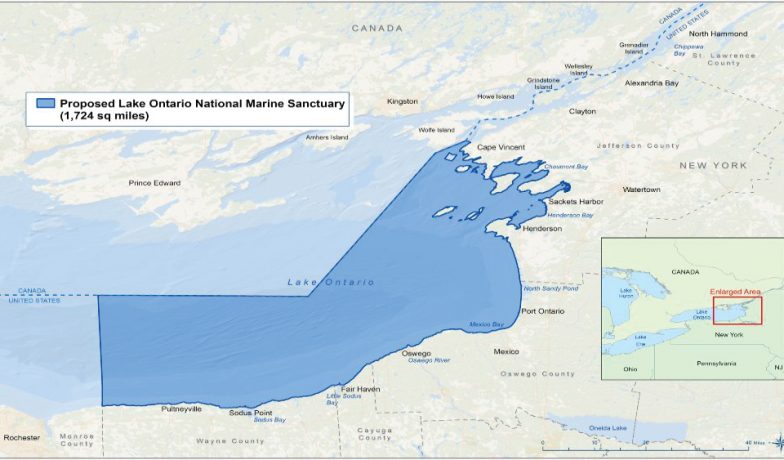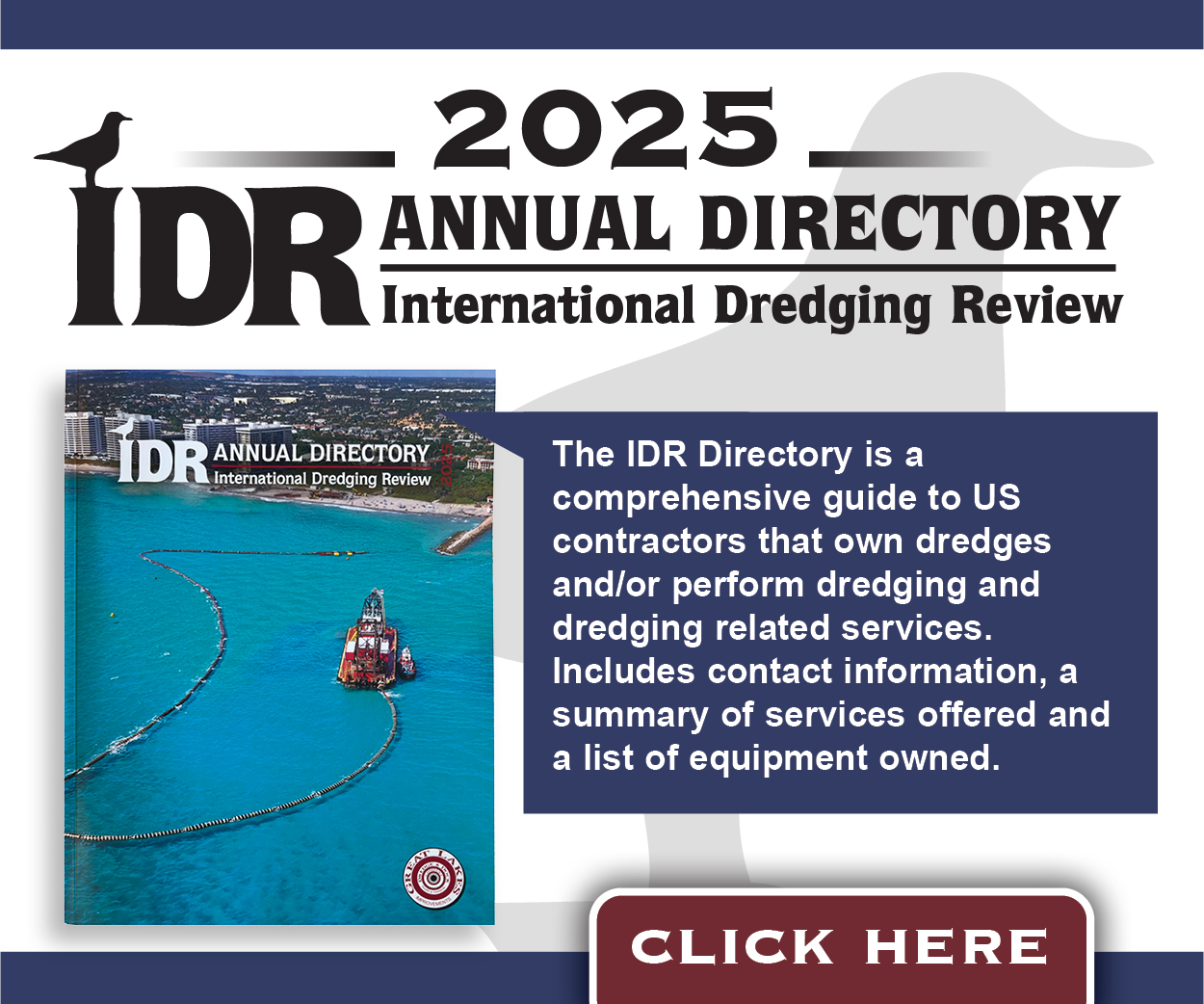Proposed Marine Sanctuary Aims To Protect The Past And The Future
For NOAA, the proposed designation would protect a unique natural place that encapsulates a significant segment of American history. NOAA wrote that the sanctuary holds the “essence of our maritime culture from the early years of our nation” and contains “unique and significant submerged cultural resources” not represented elsewhere in the national marine sanctuary system. NOAA referred to the sanctuary as a “special place,” calling eastern Lake Ontario “one of the most historically significant regions in the Great Lakes and the country.”
Evaluating Environmental Consequences
The sanctuary timeline started in April 2019, when NOAA announced its intent to prepare an environmental impact statement (EIS) to evaluate the pros and cons of a marine sanctuary. Next, in July 2021 NOAA published its Draft EIS (DEIS), presenting the purpose and need for the sanctuary and evaluating environmental consequences.
In addition, the DEIS presented three Alternatives:
- Alternative 1: “No action,” i.e., the area would not become a sanctuary;
- Alternative 2: Would include 1,349 nm2 (1,786 mi2) in eastern Lake Ontario and the Thousand Islands region of the St. Lawrence River; and,
- Alternative 3: Would include 1,302 nm2 (1,724 mi2) in eastern Lake Ontario without the St. Lawrence River.
The DEIS also presented ideas for sanctuary management, covering a range of topics, from tourism to economic development to resource protection.
In its January 2023, proposal NOAA announced its intention to move forward with Alternative 2. But it included an important modification: Alt 2 will not include the St. Lawrence River segment, a change at least partially based on public comments.
NOAA’s support for Alt 2 is worth a closer look because there is a lot of support for the marine sanctuary across a range of interests, including historical, environmental, shipping and public officials. But many questions arose during the public comment period.
A topmost issue, for example, is maintaining safe navigation in the St. Lawrence Seaway shipping channel and the obvious need to avoid conflicts between sea-going vessels and recreational boaters and divers. Commercial shippers were concerned that a sanctuary designation would draw people towards shipping lanes. Other concerns included impacts or controls on dredging and dredge disposal sites. Ports and harbor officials questioned whether a sanctuary designation might restrict some of the day-to-day activities required within ports. Additionally, there were concerns about issues and decisions that are more policy-related, that might not be apparent today, but in the future might be influenced one way or another by the sanctuary’s rules and regulations.
Questions came from many sectors. The Chamber of Marine Commerce, for example, in September 2021, wrote that NOAA’s Draft EIS presented several serious concerns about the proposed sanctuary and impacts on commercial shipping. A primary concern was the inclusion of the Thousand Islands region, a section of the Seaway with “2,500-3,000 large commercial ship transits per year” and that “encouraging and establishing formal diving activities in, adjacent to, and near a heavily trafficked shipping route in a very restricted waterway with challenging currents would greatly increase the potential risk of accidents and user conflicts.” CMC also wanted clarification and confirmation regarding emergency activities, routing, anchorage zones and dredging policies.
A September 8, 2021 letter from the American Great Lakes Ports Association (AGLPA) raised similar issues. AGLPA asked NOAA to exclude the St. Lawrence River from the sanctuary. Additionally, the Association said the Draft EIS failed “to provide any analysis or discussion of marine safety.” The Association further suggested that NOAA link up with the Army Corps of Engineers regarding sanctuary dredging policies.
The St. Lawrence Seaway Development Corporation, also in 2021, referenced “serious safety, operational and governance concerns” and that certain sanctuary proposals “jeopardize the ability of the Corporation to fulfill its core binational mission to provide a safe, reliable and efficient transportation route that is critical to the economies of Canada and the United States.” The Army Corps of Engineers raised questions about O&M at federal harbors, sanctuary boundaries, dredging and also asked that NOAA include Corps personnel on a sanctuary advisory committee.
In January, in comments about Alternative 2, NOAA wrote that “after evaluating the comments received,” Alt 2 will exclude the St. Lawrence River segment. Additionally, Alt 2 would exclude federal navigation channel approaches and anchorage areas. NOAA also wrote of a “technical change of including, rather than excluding, dredge disposal areas from the sanctuary.”
Accepting Modifications
In March, the Chamber of Marine Commerce said it supports NOAA’s decision to exclude the St. Lawrence River Segment. However, the Chamber still questions the eastern boundary at Cape Vincent because that includes a portion of the St. Lawrence River.
“As we commented previously (i.e., in 2021),” the Chamber wrote in its March letter signed by Chamber president Bruce Burrows, “encouraging diving activities in, or adjacent to, such a heavily trafficked shipping route would greatly increase the potential risk of accidents and user conflicts.” Other open issues include:
- Clarity that navigation routes (“Recommended Courses 2020” published by the Chamber and the Lake Carriers’ Association) are excluded from the sanctuary;
- That ships will not be penalized for emergency activities that might intrude into the sanctuary;
- Establishing an anchorage area off Oswego in case of unsafe weather.
These are largely the same issues raised by CMC in September 2021. Steve Fisher, executive director of the American Great Lakes Ports Association said Alternative 2 resolves most of the Association’s concerns because the St. Lawrence River is excluded. “It is more workable and will minimize conflict,” he said.
But Fisher also said that open issues remain. “It is not just about the St. Lawrence River. AGLPA is also concerned about Lake Ontario ports and options to exempt Port areas from the Sanctuary footprint and how activities like dredging and disposal will be impacted,” he added.
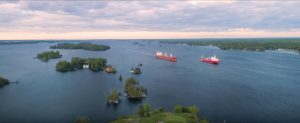 Another concern for Fisher is how the requirement for Special Use Permits (SUP) may evolve over time. NOAA can require SUPs for activities that can impact a sanctuary. SUPs set operating conditions and requirements for insurance and liabilities. Additionally, NOAA can place “additional conditions on SUPs specific to the activity being permitted.” Plus, while today’s SUP activities are set by Federal law “categories of SUPs may be changed or added to through public notice and comment.”
Another concern for Fisher is how the requirement for Special Use Permits (SUP) may evolve over time. NOAA can require SUPs for activities that can impact a sanctuary. SUPs set operating conditions and requirements for insurance and liabilities. Additionally, NOAA can place “additional conditions on SUPs specific to the activity being permitted.” Plus, while today’s SUP activities are set by Federal law “categories of SUPs may be changed or added to through public notice and comment.”
Fisher commented that there are always competing uses for water across the Great Lakes, that “water issues in the United States are a constant push and pull.” Rules are not set in stone, he said, and added that “the new overlay makes us nervous. Possibly, one government agency can restrict other people and communities.” This will be something to keep an eye on, he said.
The Seaway Development Corporation (which is part of the U.S. Department of Transportation) was asked whether the January proposed rule resolved the Corporation’s 2021 concerns. In a brief reply, a DOT spokesperson wrote, yes, the “GLS’s concerns were addressed by the Jan 19, 2023, Notice of Proposed Rulemaking.” DOT did not elaborate further.
Other Issues
There are other issues that remain somewhat open-ended for lake interests, including dredging and disposal as well as port operational issues. These are not just federal or state concerns. Local officials have asked NOAA for greater clarity and certainty.
Josh Feldmann, P.E. is chief of operations, U.S. Army Corps of Engineers, Buffalo District. In 2021, in response to NOAA’s DEIS, Feldmann wrote of ACE’s concerns that the proposed sanctuary could impede ACE’s operations and maintenance at certain federal harbors. Feldmann asked NOAA to expand the list of harbors exempted from sanctuary requirements and to expand the list of exempted channels and navigation structures. Another request: let ACE personnel serve on a sanctuary advisory committee.
NOAA’s January 2023 proposal does, indeed, reflect Feldmann’s suggestions. However, these matters aren’t completely settled and discussions between the Corps and NOAA are ongoing, particularly about dredged material. A Corps’ spokesperson said there is still some concern about the lack of exclusion for dredged material disposal areas in the open lake. The spokesperson also said the Corps is working closely with NOAA to address any remaining unresolved comments and that they are very close to resolving the issue.
A recent filing by the Port Bay Improvement Association (PBIA) shows some outstanding concerns among local officials with the sanctuary proposal. PBIA represents shoreline property owners. PBIA maintains port access, via dredging and by providing channel lights and buoys. A second major task is protecting the barrier bar separating Port Bay from the Lake.
In their recent letter to NOAA, PBIA officials noted that, while some communities were exempted from proposed sanctuary rules, Port Bay is not similarly exempted. Officials wrote: “this has created significant concern and uncertainty regarding our ability to continue our seasonal channel dredging activities and ongoing efforts to maintain the integrity of the barrier bars.” PBIA made two requests: specific language stating that “there will be no impact to our ability to continue our permitted dredging activities.” Second “there will be no impacts to activities necessary to maintain the integrity of the barrier bars.”
Ellen Brody is the regional coordinator, Eastern Region for NOAA’s Office of National Marine Sanctuaries and is a principal in the Lake Ontario project. Brody said that NOAA is still evaluating public comments and that NOAA will respond to them. She added, however, that “based on the comments received to date, which are within the scope of the original proposal, NOAA does not anticipate another round of public comment.”
In response to Feldmann’s questions referencing a sanctuary advisory committee and participation by the Army Corps of Engineers, Brody said a Sanctuary Advisory Council (SAC) was established in 2020 and it has met 18 times. She said NOAA regularly coordinates with all federal agencies and her team has had several meetings with the Army Corps. Once the sanctuary is designated, she said “NOAA will evaluate the composition of the SAC to determine if there should be any changes.”
NOAA expects a final sanctuary designation in 2024.
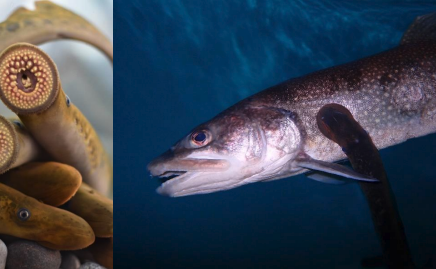
Sea Lamprey Control Initiative Enters Five-year Implementation Phase
The Supplemental Sea Lamprey Control Initiative (SUPCON) has entered a new, five-year implementation phase following several years of successful proof-of-concept research. Funded by the Great Lakes Fishery Commission, SUPCON expands... Read More
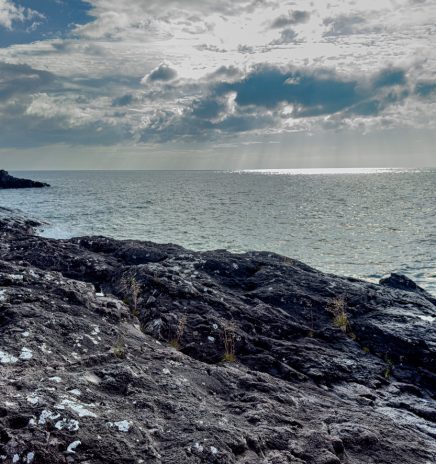
Alliance for the Great Lakes Addresses the Impact of Data Centers
The Alliance for the Great Lakes (AGL), a nonpartisan, nonprofit organization that works to protect, conserve and restore the Great Lakes, is investigating the impact of data centers and agricultural... Read More

